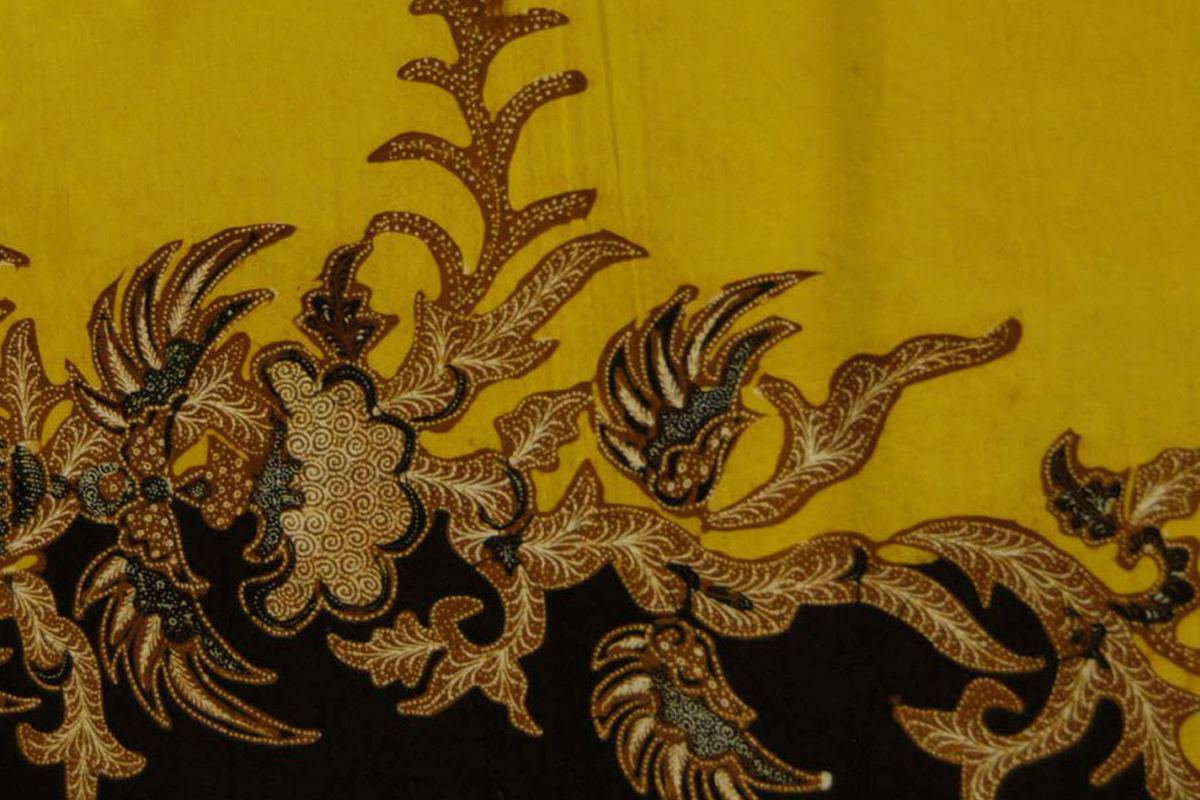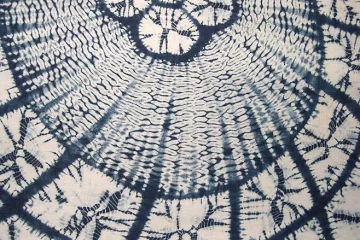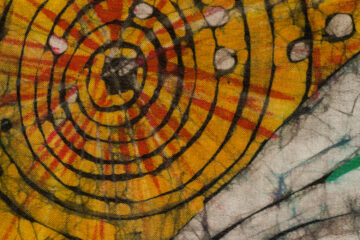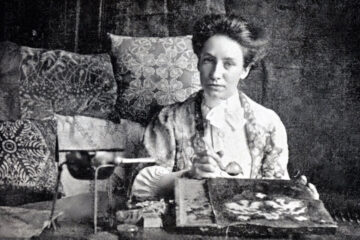The definition and history of batik has recently become of interest to many people. The reason for this is the mystery of this art and the fact that it uses the perspective of modern arts. Batik is a very old art and the qualities that this art possesses are what makes the sense of beauty work. The aesthetics of the art is the reason why so many people are curious about it. www.novatelier.com has researched the art of batik for you…
Definition and history of batik
Let’s start with the definition of batik art. Batik has different definitions in the Turkish Language Association’s online Turkish Dictionary:
“A method used to decorate cloth, leather or paper.”
“Fabric prepared by this method.”
“A (garment) made of this fabric.”
Batik art, which became widespread in the southeast of Asia and then spread all over the world, is a dyeing technique in which the parts of the pattern drawn on a white fabric to be dyed are left blank and the parts that will not be dyed are covered with melted wax. Another definition that comes to mind when it comes to the definition and history of batik is the following: Patterning on fabrics, leather and paper with wax or another substance that resembles wax.
As can be seen, batik has turned naturalness into a technique. The dyeing process made by covering the natural materials on which an artistic process can be performed with wax and using liquid dyes constitutes the essence of batik art. Batik art has attracted many people with its naturalness.
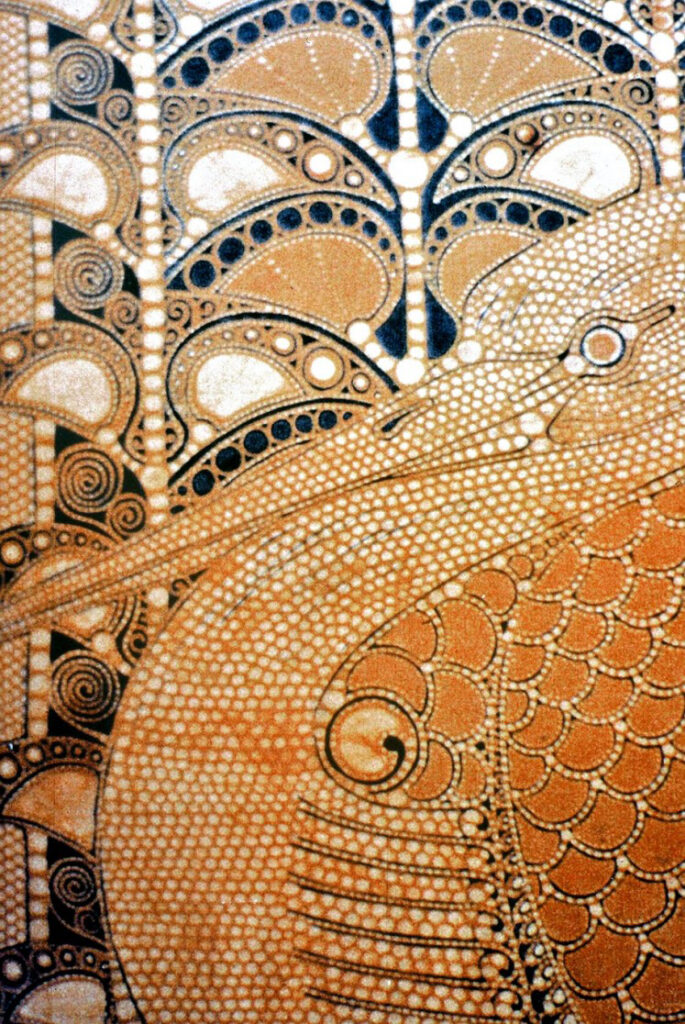 Chris Lebeau, Netherlands (1905). Batik on silk made using the “Sogan Lorodan” method of Central Java. The fabric was used as one panel of a three-part room divider (Provincial Museum van Drenthe, Assen/File)
Chris Lebeau, Netherlands (1905). Batik on silk made using the “Sogan Lorodan” method of Central Java. The fabric was used as one panel of a three-part room divider (Provincial Museum van Drenthe, Assen/File)
History of batik art
The art of batik, practiced in Java, India and Malaysia, is used for dyeing chintz and silk fabrics. Especially in Indonesia, clothes made from fabrics dyed with batik art, which is one of the indicators of nobility, were used on special occasions. The elite segments of the society used the clothes made with this subtle art because of their colorfulness and the fact that they were made with a wide variety of patterns.
The reason why batik is the center of attention with its definition and history lies in the fact that it presents beauty in a natural way from the past to the present. The roots of this art, which stands out in Indonesian art, date back to ancient times. There is no clear information about exactly when the batik art, which is known to have a history of almost 2000 years, started. It is known that batik art was used in Egyptian ehrams, and that the Iranians, Uighurs, Indians and Chinese used clothes in which batik art was practiced in ancient times. However, although it is said that batik art has a place in the past of these countries, batik has been a unique art of Indonesian culture and art. In 2009, UNESCO inscribed batik clothing produced in Indonesia using the batik reserve dyeing technique as a world heritage site.
Definition and history of batik in the context of Turkey
Examples of batik art have also been given in our country. It is possible to state that there are three different examples showing the application of batik art. The waxing technique used in Malatya, Adıyaman and Arapkir region manifested itself in local aprons called “blue print” or “Bervanik”. The second example is the Keles aprons. The examples produced in Keles, where hand-woven fabrics are tied with threads and then dipped in dyes, shed light on the history of the art in Turkey. There are also examples of batik in Topkapı Palace, where there are peskir, oilcloths and covers patterned with both embroidery and printing. It is also known that the Turks brought this technique to Anatolia from Central Asia and practiced it in Central Anatolia.
Features of batik art
Batik art has inspired modern arts. Today, we see that batik art is used in clothes made using ethnic patterns. When we talk about the definition and history of batik, we should also talk about the distinctive features of the art. In this sense, let’s list a few features about the importance of the candle in batik art:
- Waxed batik is made using beeswax or similar substances.
- A pattern is drawn with the wax placed in the batik pot.
- When the wax on the fabric freezes, dyeing is done.
- The process of waxing the fabric is processed from light to dark in color frequency.
- Many different patterns can be drawn with wax.
